How Do You Pair Your Breeder’s – Part Two
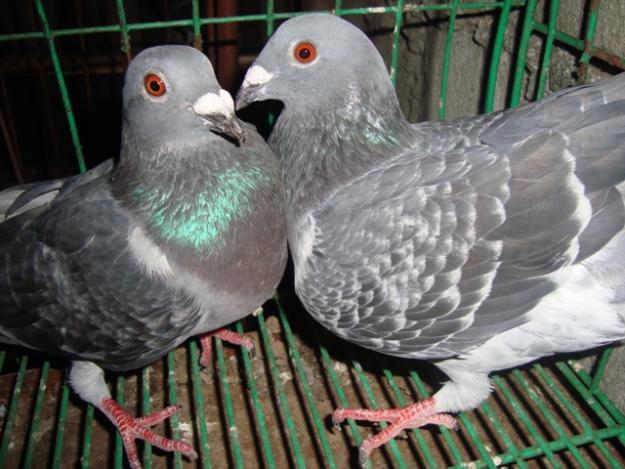 I like to pair my birds so that there’s always a genetic link between two pigeons. The studies I‘ve done on the subject really back this up. I’ve spent countless hours studying genetic percentages. I’ve found that there seems to be a common denominator between 28% and 37% common blood and a high degree of success in racing, and also in breeding. Especially linebred pigeons kept at a linebred coefficient of between 28% and 34%, or sometimes higher, seem to have more consistency in winning races than either outcrosses or birds that are inbred or linebred closer than that.
I like to pair my birds so that there’s always a genetic link between two pigeons. The studies I‘ve done on the subject really back this up. I’ve spent countless hours studying genetic percentages. I’ve found that there seems to be a common denominator between 28% and 37% common blood and a high degree of success in racing, and also in breeding. Especially linebred pigeons kept at a linebred coefficient of between 28% and 34%, or sometimes higher, seem to have more consistency in winning races than either outcrosses or birds that are inbred or linebred closer than that.
I try to find a dominant gene pigeon, a bird that has proven itself to be a super breeder or racer, and I prefer a super breeder that was also a super racer. Line breed at about a 31% ratio to that particular pigeon. This is the exact ratio of my bird that won 6th place at the Snowbird race and was also the 6th overall best pigeon in the Snowbird race and Snowbird futurity combined last year. It’s also the same percentage that was successful for me in some of the local futurities and the New Orleans Open Classic. It’s proven itself in my loft over many years of racing and keeping these records. In comparing it to outcross birds, in other words, those with no common ancestry within 6 generations, it is much more successful.
Often, outcrossing is just a shot in the dark. You can sometimes have fantastic success, but also a much higher degree of uncertainty or of complete failure with outcrossing. Why do people do complete outcrossing then? Because of the hybrid vigor that can sometimes result. If you pair two inbred pigeons that have no relation at all, you can sometimes get a boost called hybrid vigor. The percentage for success is around 17% or between one in five and one in six, according to the Europeans. A fabulous exception to this is finding a “nick pair” that gives you a much higher percentage of success. But generally, two complete opposites will give you between one in five or one in six success with a good bird.
With linebred pigeons from a good origin, the percentages go up to anywhere from one in four to one in three. So you have much higher odds for success with steady pigeons through linebred pairings. In some situations, a complete outcross pigeon will become a superstar, because it has not only the hybrid vigor but also the combination of genes that allows it to be a steady racer. And the hybrid vigor allows it to be a steady, great racer. So sometimes the outcross is a worthwhile effort. We do this to some extent every year, especially if we want to introduce one of the outcrosses back into one of the existing families later.
Using outcrosses that have a known probability of nicking is one way to reduce the uncertainty of combining two families. An example of one of these combinations is the pairing of Huyskens Van Riels with the Haveniths, which is done quite a bit in New Jersey. Many people know that Janssens have proven to be great crosses with many families. The Stoces with Grondelaers is another natural nick. One of the best natural nick pairs is the Golden Couple from Meulemans with Van Den Bosche blood crossed with Janssen blood. That produced an entire family of great birds based on an outcross pairing.
So there can be great value in pairing complete outcrosses with one another, but you increase your chances of success if you have some idea of the crosses that have been done and proven with success before. Some families of birds crossed with others have no success at all. The average combination seems to be no better than one in five or one in six.
We like to do a majority of our pairings linebred, but when we have a very inbred bird, in other words where we’ve made a combination of father-daughter or mother-son and produced a very inbred progeny, we like to cross that progeny to a completely different family. We do the father-daughter, mother-son pairings because we have found that when we take a very successful racer out of a super breeder and pair that successful racer back to its parent, we often get above average and sometimes even great breeders. If it’s a successful cock, we like to pair it back to its mother. If it’s a successful hen, we like to pair it back to its father. We try to race their young ones, and we don’t ask those young ones to be as successful in the races as we would expect an outcross to be, because those babies don’t have the advantage of having hybrid vigor.
We set a different standard and set of goals for the inbreds than for the linebreds and outcrosses. If they meet these goals, which are basically to be a good homing pigeon, be a steady racer, show some intelligence in coming home in a decent time (not necessarily win the race or even score a diploma, but come close) then we would consider that an indicator that this bird has ability and intelligence and should be given a chance as a breeder. We cross these to other families that we’ve done the same thing to, one that we already know would be a good nick with the first family.
In 1998, we took our best Horemans hen and bred her to her son From that pair we raised four babies and raced all of them. Two did fairly well, never winning but coming in good time. We bred from three of them in 2000. The ones that did OK in the races have both produced excellent clock birds for us. The one that did not race well has not. It’s something we’ve always done and will continue to do. We’ve had a great deal of success with it. Now we’ve found two future breeders for our loft, and they’re young, only ‘98s, so we know that we’ve got a young breeder that we can go with for a long time to give us a percentage of good pigeons every year.
So to summarize, we look to pair genetically linked pigeons, or we look for a complete outcross if we’re dealing with two fairly inbred birds. If we’re not dealing with an inbred pigeon, we prefer to line breed them because chances of success are greater. We’d outcross a bird that is heavily inbred. We’d line breed a bird that is not so heavily inbred or not inbred at all.
How are the inbreeding coefficients calculated? If you look at a 5-generation pedigree, the father and mother are considered to be equally responsible for the gene pool of the young one, so the pigeon in question gets 50% of its gene pool from the father and 50% of its gene pool from the mother. The offspring also gets 25% of its gene pool from each of its grandparents. 12.5% each from its great-grandparents, 6.25% from its great-great-grandparents, and 3.125% from its great-great-great-grandparents. This is as far as you need to go to figure out the genetic linkage.
I take the common genetic link between the father and the mother to figure out a bird’s genetic coefficient. If a bird is from inbred pigeons on only one side of its pedigree, its inbreeding coefficient is zero. But if it has common ancestors in the father’s and mother’s sides, or top and bottom of the pedigree, it has an inbreeding coefficient. How high that coefficient is, is just a matter of adding up the percentages.
Check out part 1 => How do you pair your breeders – Part One

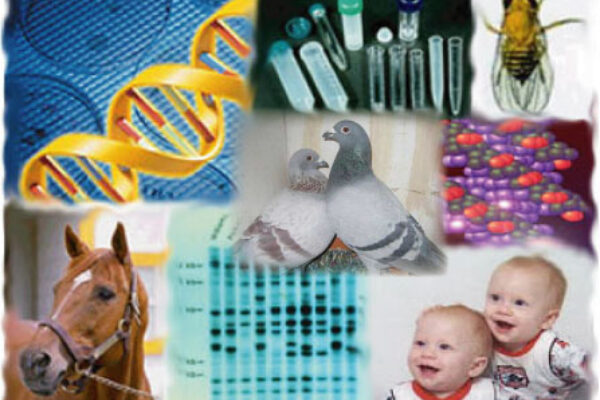

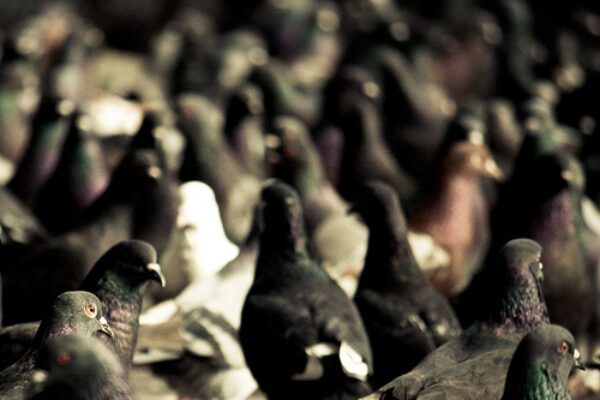
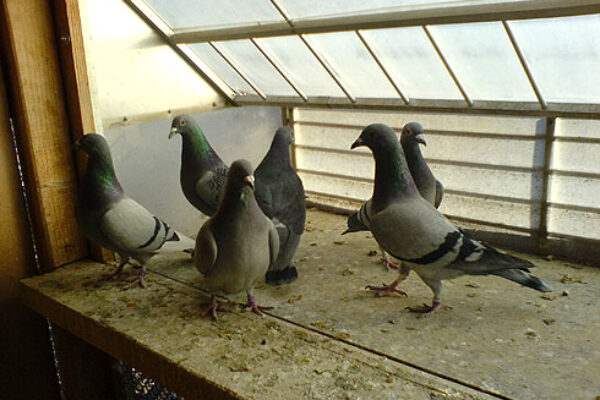
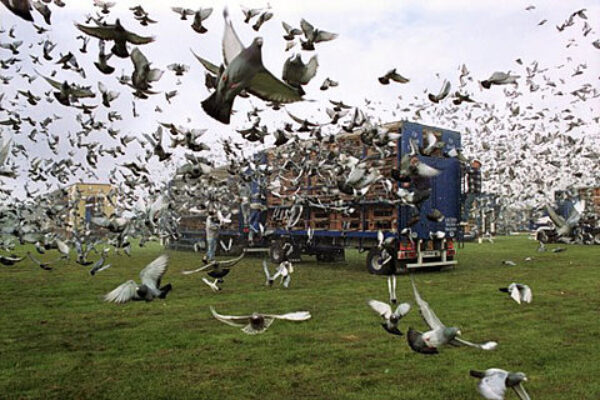



Hi Chris, as I read through this article I keep seeing the word NICK when referring to a great pair. I guess I’m confused, I’ve always referred to a great pair as a CLICK pair.
Hi, Bob! You know, you make a good point: “click” does seem to make more sense.
I can’t remember where i got “nick” from, but i never bothered to question it. I think i’ve heard or read others call it the same too.
Maybe it’s one of those terms that varies from region to region. Where are you from?
Hi Chris this was an interesting read thanks.
Sorry. For the X10 first placed pigeon is, it must be more than 10 first placed in a row. Second place and beyond doesn’t count. So if a fancier says that his/ her pigeon came twelfth flying against 25’000 racing pigeons, it is crap to me and the same goes for second placed pigeon. Number 1 is the one I have really interest in. As you can see I am extremely strict to when it comes to racing pigeons and I never give in. I stay by my rules and regulations at all times and every time.
do you sell pigeons I need to buy some of you
Sorry Allen, no we don’t sell pigeons at the moment (maybe in the future) but there are many reputable pigeons sellers online.
I only breed racing pigeons every 2 to 3 years apart. No breeding allowed in between nor out of turn.
Further on the pair/ s I put to stock is 1. They have to have a mould that was second to none
2. Both must have at least X10 first places in combine, fed, national races. Club races doesn’t count
3. Activity inside, outside and around the exterior of the loft
4. Health chart and file check, hand check and breath smell, etc…
5. Vet check including pigeon poo test, saliva test, nail and feet tests, etc…
6. Check my computer its velocities and against how many pigeons it flew against, weather conditions on the day of race, etc…
7. Every thing to be checked of the potential breeding pigeon pairs feathers
8. Not by sight but by knowing my pigeon’s potential
If one pigeon fail on 1 of 8 points, it is not put to stock/ breeding. This rules is mandatory in my racing pigeon management when it comes to breeding my pigeons. To put all above in one sentence: ” I only put the most extreme best of the best together. It works for me and it worked for my belated uncle and only cross breeding is allowed. Nothing else will do.
ok ur sugggestion i like it
Getting a handle on this pigeon racing game is simply solving the problems we see. Since I picked up several valuable tips from the “Insider” , I will present a few tips I know to be true to those interested . First ; get Ray Torres 2 videos about the breeding loft, if he still sells them; 2nd, get on Ad Schaerlaeckens website and read ALL his articles !; 3rd, Rick Mardis put out a video on grading/breeding ,try to find it–in it he presents the true “secret” to breeding champs; Note, I have never met these fellows, or know them ,however, what they inform us is gold !
I have had very good luck with father daughter pairings but no success with mother son
if i have found a good breeder i will mate a son or daughter back to it and try to reproduce more good breeders also mate some related birds especialy brother and sister then keep what looks most like the one u are trying to reproduce.
You trial birds in the stock to find the breeders then race the results if they dont work out get rid of the lot and try something else
Good breeders are few and far between you need to find them first as too many birds are lost to predators during racing beter to breed first race second
hi chris
i have always found that a young cock will take after the father rather than the mother